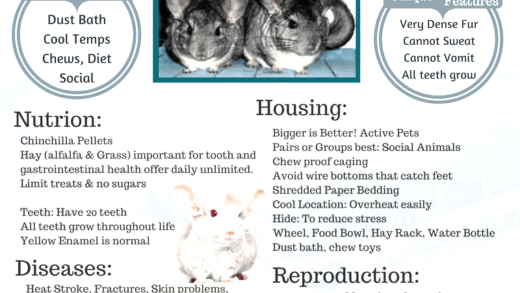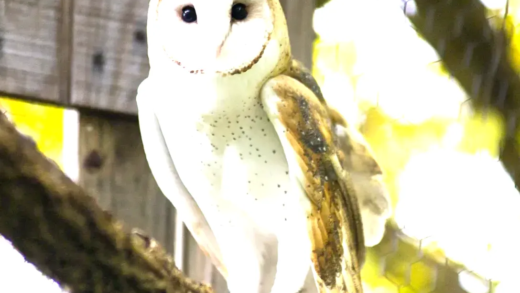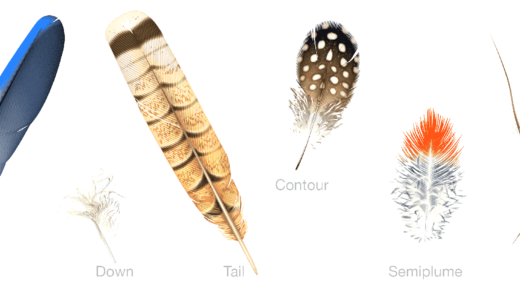Splooting in squirrels is a behavior that indicates relaxation and comfort rather than distress. It helps them cool off by increasing surface area exposure to air. While generally safe, splooting in risky environments can pose dangers. A healthy splooting squirrel will be alert and well-groomed, showing no signs of distress or illness.
What is Splooting?
Splooting in squirrels refers to a specific behavior where these agile creatures stretch out their bodies flat on the ground, often with their legs extended behind them. This posture resembles a starfish and is quite a sight to behold. Essentially, splooting allows squirrels to relax and cool off, especially during hot weather. It’s a common behavior observed in various species of squirrels.
Why Do Squirrels Sploot?
Squirrels engage in splooting for several reasons. One primary motivation is thermoregulation. When the temperatures rise, splooting helps them cool down by increasing the surface area of their bodies exposed to the air. Additionally, splooting can be a sign of relaxation or comfort. Just like humans may lounge around on a hot day, squirrels find a similar relief in this position.
Is Splooting Common in Squirrels?
Yes, splooting is relatively common among squirrels. Many pet owners and wildlife enthusiasts have reported witnessing this behavior in both wild and domesticated squirrels. While it may not occur every day, splooting is certainly a frequent sight, especially in warmer months. Observing a splooting squirrel can be a delightful experience, showcasing their quirky personality and adaptability to their environment.
How Does Splooting Help Squirrels Cool Off?
Splooting is a clever way for squirrels to cool off during hot weather. When squirrels spread their bodies flat on the ground, they expose more of their skin to the air. This increases the surface area for heat dissipation, similar to how a wet towel cools down when spread out. The ground, often cooler than the air, helps lower their body temperature, making splooting an effective thermoregulatory behavior.
Moreover, splooting can aid in reducing stress on their bodies. By relaxing in this position, squirrels can conserve energy and avoid overheating. It’s fascinating to note that this behavior is not just limited to squirrels; many animals adopt similar postures to manage their body heat.
Are There Other Animals That Sploot?
Yes, splooting is not exclusive to squirrels. Various animals exhibit this adorable behavior, including dogs, cats, and even some birds. For instance, dogs often sploot after a long play session, stretching out to cool down. Cats, too, can be seen lounging in similar positions, taking advantage of a warm sunbeam or a cool surface. This phenomenon highlights a shared instinct among animals to find comfort and manage their body temperatures effectively.
In fact, splooting can be observed in several species across the animal kingdom. Some reptiles and even certain primates have been noted to adopt this posture. It’s a delightful reminder of the playful side of our animal friends and their instinctual responses to their environment.
What to Do If You See a Splooting Squirrel?
If you come across a splooting squirrel, there are a few guidelines to follow to ensure both your safety and the squirrel’s well-being. First, observe from a distance. Splooting is usually a sign that the squirrel is relaxed and comfortable. Approaching too closely may startle it.
- Do not attempt to touch or pick up the squirrel. They are wild animals and can become frightened.
- Provide a quiet environment. Avoid loud noises or sudden movements that could disturb the squirrel.
- If the squirrel appears to be in distress (e.g., not moving for an extended time), contact a local wildlife rehabilitator.
Understanding squirrel behavior, including splooting, can enhance our appreciation for these creatures. By respecting their space and observing them from afar, we contribute to their safety and comfort in their natural habitat.
Is Splooting a Sign of Distress in Squirrels?
Splooting in squirrels does not typically indicate distress. This behavior is primarily associated with comfort and relaxation. When squirrels sploot, they are often enjoying a moment of respite, especially on warm days. However, it’s important to differentiate between healthy splooting and other behaviors that might signify a problem. For example, if a squirrel is splooting and appears lethargic or unresponsive, this could be a cause for concern. Observing the overall demeanor of the squirrel is key. A healthy splooting squirrel will be alert and ready to move, while signs of distress can include abnormal vocalizations, excessive stillness, or visible injury.
Can Splooting Be Dangerous for Squirrels?
In general, splooting is safe for squirrels and does not pose direct dangers. However, there are potential risks associated with this behavior. If a squirrel is splooting in an unsafe environment, such as near traffic or predators, it may become vulnerable. Additionally, prolonged splooting in extreme heat without access to shade or water can lead to overheating. It’s crucial for squirrels to have a safe space to sploot where they can remain cool and protected. Monitoring the conditions in which they sploot can help ensure their safety and well-being.
How to Tell If a Splooting Squirrel Is Healthy?
Identifying a healthy splooting squirrel involves looking for specific signs. A healthy squirrel will have bright eyes, a well-groomed coat, and a lively demeanor. Here are some indicators to assess:
- Alertness: A healthy splooting squirrel should be aware of its surroundings, moving its head or ears in response to sounds.
- Body Condition: Look for a well-proportioned body without signs of excessive weight loss or injury.
- Activity Level: If the squirrel sploots but quickly returns to normal activities, it’s likely healthy.
- Behavior: Healthy squirrels will typically sploot for comfort, not out of fatigue or illness.
By observing these factors, you can better understand the health of a splooting squirrel. If you notice any concerning signs, such as lethargy or unusual behavior, it may be wise to contact a wildlife expert for advice.





Comments are closed.